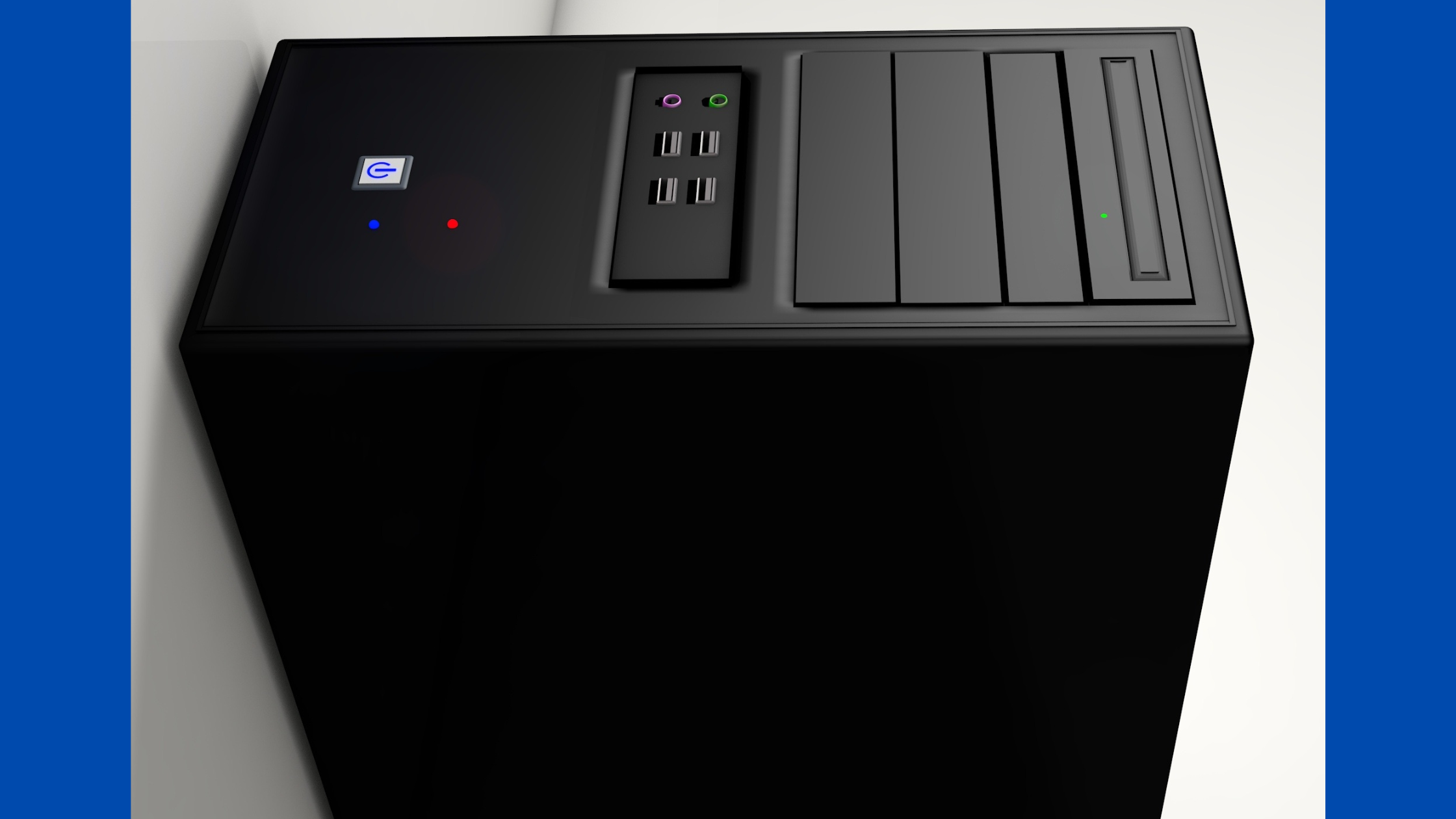Checking your computer’s specifications is a relatively simple operation. Whether you want to update your PC and need your system’s specs to know what type of new PC hardware you can purchase, or you’re going to sell your current plan. You need to know your specs to post them in your ad.
We’ll take you through quickly checking your computer’s specifications in this simple tutorial so you can acquire the necessary information.
How to Check Specs of A Laptop?
While this piece may seem more oriented toward those who own desktop computers, the solutions discussed below will also work for laptop users.
If you possess a laptop and are seeking further information about its setup, consult the following guide: What Model of Laptop Do I Own?
How to Check Processor (CPU)
Are you curious about what sort of CPU you have? You can quickly find out with two clicks on a Windows 10 machine.
Perform the following to determine what CPU you have:
- Right-click the Windows start menu icon in the lower-left corner of your screen.
- In the menu that appears, choose ‘System.’
- It will list the kind of CPU in your computer next to ‘Processor.’
How to Check Graphics Card (GPU)
The technique of determining what kind of graphics card you have is similar to deciding what type of CPU you have.
However, determining what GPU is in your system requires 50% more effort than picking what CPU is in your system. (As you have to click three times rather than two.)
Perform the following to determine what GPU you have:
- Right-click on the Windows start menu icon once more.
- In the menu that appears, choose ‘Device Manager.’
- Click the arrow next to ‘Display Adapters’ in ‘Device Manager.’
- Your GPU will be listed there.
It should be noted, however, that the ‘Display Adapters’ tab may display two selections. If it says two, it shows both your processor’s integrated graphics and your laptop’s dedicated graphics card.
The dedicated graphics card is the one you’re searching for since it’s the more powerful (and the one your system utilizes) of the two.
In addition, your dedicated graphics card is usually the second choice offered. If you have an Intel CPU, the integrated graphics will be called ‘Intel HD Graphics 4000.’ In such a scenario, the other choice is the one you prefer.
And it will most likely be an NVIDIA GeForce GTX 700M or an AMD Radeon (or HD) R9 M470. However, if you have an AMD CPU in your system, the integrated graphics will most likely be ‘AMD Radeon…” However, choose the second choice in such a case since it is most likely your dedicated graphics.

How to Check What Motherboard You Have
The technique for determining what sort of motherboard you have (and, more importantly, who manufactured your motherboard is somewhat different than that described above.
Of course, you could open up your desktop (assuming you have a desktop rather than a laptop) and examine who made your motherboard and the model name on the board.
However, motherboards are often referred to as ASUS Z690-A, MSI B550M, or Gigabyte GA-AX370-Gaming5, where ASUS, MSI, and Gigabyte are motherboard manufacturers and Z690, B550, and X370 are motherboard chipsets.
So, if you’re not acquainted with the significant motherboard manufacturers and the string of letters and numbers that denote the chipset and motherboard brand, you may want to choose a more straightforward choice.
You may try the following for specific users:
- Type ‘System Information’ into the Windows search box.
- Scroll down the System Summary tab (which appears on the left side of the window) until you locate ‘Motherboard Manufacturer’ or ‘BaseBoard Manufacturer.’
- The information adjacent to ‘Motherboard/BaseBoard Manufacturer,’ ‘Motherboard/BaseBoard Model,’ and ‘Motherboard/BaseBoard Name’ should provide the answers you need.
How to Check Memory (RAM)
Another simple chore is to determine how much RAM your machine has. You can find here how much RAM you have on the same screen where you can see what CPU you have.
- Right-click the Windows start menu icon and choose Properties.
- Choose ‘System.’
- Scroll down until you see the amount of RAM you have.
Third-Party Tools
While the techniques described above will readily verify your computer’s specs, you can also utilize third-party hardware monitoring programs to assist you in getting the information you need about your system.
We offer the following programs to help you monitor your computer’s performance and get information (such as the CPU and GPU you have, as well as the amount of RAM you have):
- CPU-Z
- Speccy
- Core Temperature (CPU only)
- HWInfo
Final Thought
Now that you know your computer’s specifications, you can decide whether or not your present system is worth updating.
However, You should remember that upgrading your components is not as easy as just selecting a newer and better part and installing it in your system.
What additional components you may acquire will be determined by your existing pieces. For example, if you have an older motherboard, you won’t be able to update to the newest CPU since your motherboard and the latest processor would most likely be incompatible.
You can’t get the most significant graphics card available if your current power supply isn’t powerful enough to support the new GPU.
If you have an older system, purchasing or constructing a new one may make more sense since your previous method may not have any components worth saving. If that’s the case, read our buyer’s guide to buying/building a low-cost PC or our buyer’s guide to buying/building a high-end computer.

